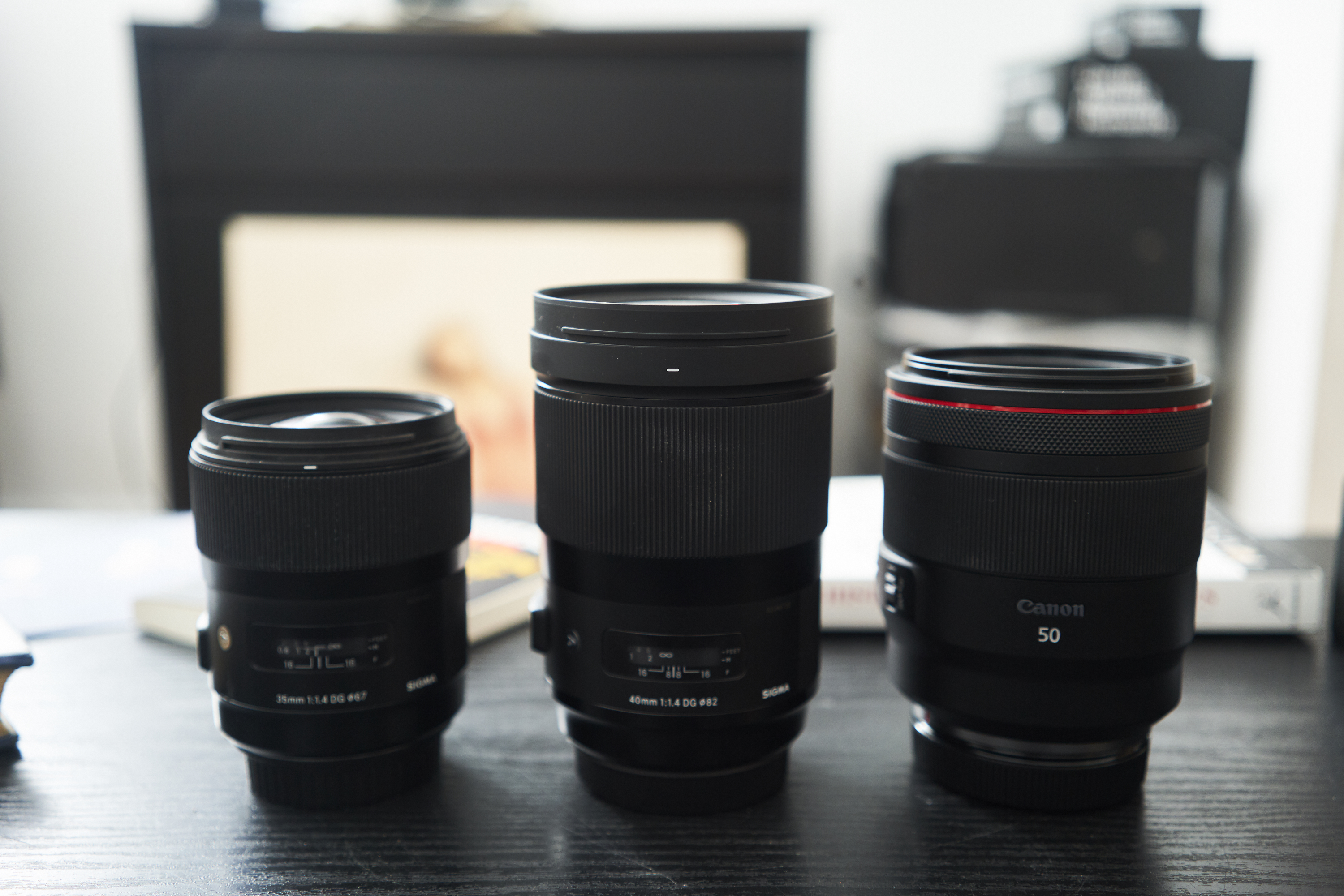For more stories like this, please subscribe to The Phoblographer.
If you’ve been following what the photo industry has been doing, you probably noticed the trend. Back in 2014, we spoke to many in the industry about the future of lenses. It used to be true that a lens would easily last a decade while a camera lasted only a few years. But that’s not the case anymore. These days, you’re lucky if a lens lasts you 10 years. And in some cases, that’s certainly true. Camera technology advances so much all the time, and so too do the megapixels on sensors. But with DSLRs coming to an end, the high prices on many of DSLR Lenses should as well.
Many of those lenses could receive new life by being adapted to mirrorless cameras. And of course, sensor technology has made us adapt. Here’s a quote from Sigma in the article we did a while back:
“But Sigma CEO Yamaki believes that lenses will still last consumers quite a long time. He tells us that improving lens resolving power is more difficult than increasing sensor resolution. “This is because manufacturing the lens involves complicated analog technology and in order to improve the performance of such devices, accumulations of small and detailed improvements are required.”
“Mr. Yamaki states that sensor resolution will continue to increase and that the megapixel war isn’t over. But he believes that a manufacturer’s lens lineup will slow down the progression of sensor technology. He reasons that, “…it’s not so easy to find such a high performance lens that fits the super high resolution cameras. For manufacturers, it’s very challenging to make such a high performance lenses.” He continued to state that really good lenses will obviously survive much longer and that normal lenses may have a shorter lifespan. But on top of this, he believes that wise consumers go after the good lenses to begin with.”
Back in 2014, DSLRs were a lot more dominant. And the pace of lens innovation has far exceeded what DSLR lenses are capable of. Manufacturers have stated that lenses for mirrorless cameras are often more complicated and better. If I keep saying all this, then I’m just going to repeat myself. So instead, I’ll ask you to consider a few critical questions:
- Who is still buying DSLRs?
- Why would you buy a DSLR?
- Will those people buy more than one DSLR lens?
- Why would they buy more than one DSLR lens?
- What’s the advantage of owning more than one DSLR lens?
- Why would you get that over mirrorless cameras?
- What’s the point of a DSLR today in a world where mirrorless is the mainstay?
- Why should we hold onto older cameras? Is there really a functional reason for it?
- Is there any sort of sentimental reason to hold onto those cameras and lenses?
- What can we do to give them new life besides turning them into infrared options?
- Why are older DSLR lenses so much more expensive than some mirrorless options?
- Why would I want to adapt those old lenses to my new camera? Do they have a special character or a particular look?
- If all this is the case, then why would I want to buy these lenses brand new?
- Why can’t manufacturers reformat these lenses and call them a “Classic lineup?”
To be honest, as I was typing out those questions, I think I struck upon an idea. A Canon RF 50mm f1.2 L USM Classic would be very cool. By that, I’d mean taking the older optics from the DSLR version and putting them in a lens body meant for mirrorless cameras. Of course, the same goes with other lenses like their 35mm f1.4 L USM II.
Essentially, all this means that prices on DSLR lenses are eventually going to come down. And they really should soon.


